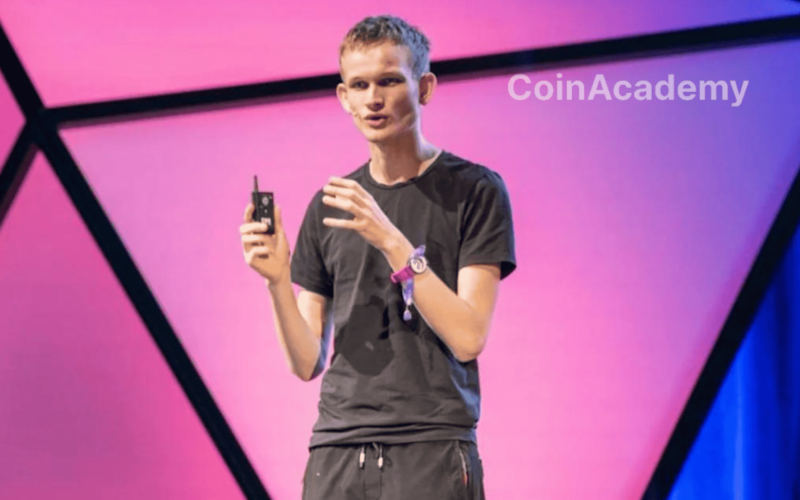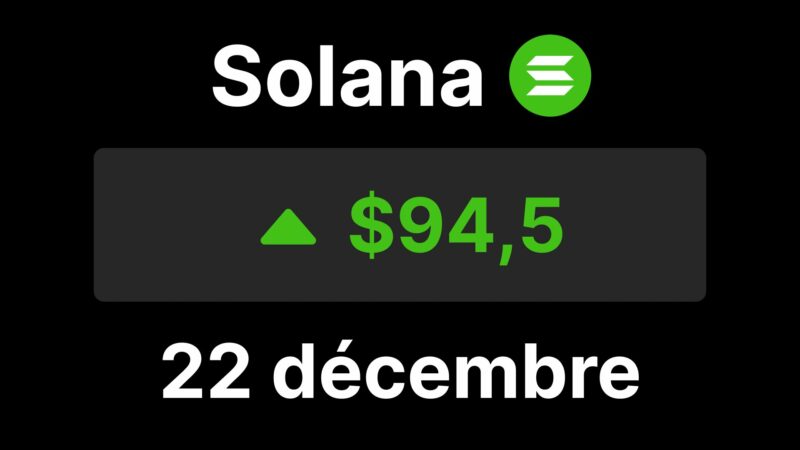Vitalik Buterin, co-founder of Ethereum, unveils an ambitious new chapter of the network’s roadmap: ‘The Splurge.’ This step aims to strengthen Ethereum against future technological advancements, particularly quantum computing, which threatens current cryptography standards.
While operational quantum computers capable of breaking modern encryption are not yet a reality, Vitalik is preparing for their arrival by investing in advanced cryptography. The goal? To ensure lasting security for Ethereum, guaranteeing that the network can withstand future technological shocks.
Ethereum’s Shield against the Quantum Computing Era
Vitalik Buterin, co-founder of Ethereum, unveils an ambitious new chapter of the network’s roadmap: ‘The Splurge.’ This step aims to strengthen Ethereum against future technological advancements, particularly quantum computing, which threatens current cryptography standards.
Streamlined and Flexible User Experience
As part of The Splurge, one of the main pillars is simplifying the user experience through account abstraction. This update would allow users to pay transaction fees with tokens other than ETH, a breakthrough that facilitates interaction with decentralized applications (dApps). For many users, this flexibility eliminates the constraint of holding specific tokens for each transaction, making the network more accessible to all.
In parallel, the Ethereum Virtual Machine (EVM) system, which executes smart contracts, will also undergo a revision with a new format called ‘EVM Object Format’ (EOF). Planned for an update called ‘Pectra’ by the end of the year, this format aims to simplify the code structure within the EVM, making it easier to manage and scale Layer 2 solutions, crucial for a smoother and faster Ethereum.
Adaptive Fees and Increased Ethereum Staking Decentralization
Ethereum has often been criticized for high transaction costs, exacerbated during network congestion. Vitalik proposes an innovative response with ‘multidimensional gas,’ an approach that distinguishes fees based on the network resources utilized, such as data storage and computing power. This fee breakdown could not only reduce the overall cost of transactions but also prevent scenarios of excessive resource consumption, a crucial factor for a sustainable long-term network.
Staking centralization remains a concern within the Ethereum community. Currently, only users holding at least 32 ETH can participate in staking, favoring large holders and limiting access for many others. To encourage broader participation and greater network resilience, Vitalik is considering reducing this threshold. Additionally, he proposes cryptographic techniques to protect validator identities, thereby reducing the risk of targeted attacks against them.
Towards a More Decentralized and Accessible Internet
All of these proposals align with a vision where Ethereum becomes faster, more secure, and more inclusive. By improving transaction processing speed, making transaction fees more affordable, and facilitating staking accessibility, Vitalik is guiding Ethereum towards a more decentralized structure capable of supporting the growth of decentralized applications and promoting accessibility within the blockchain.




